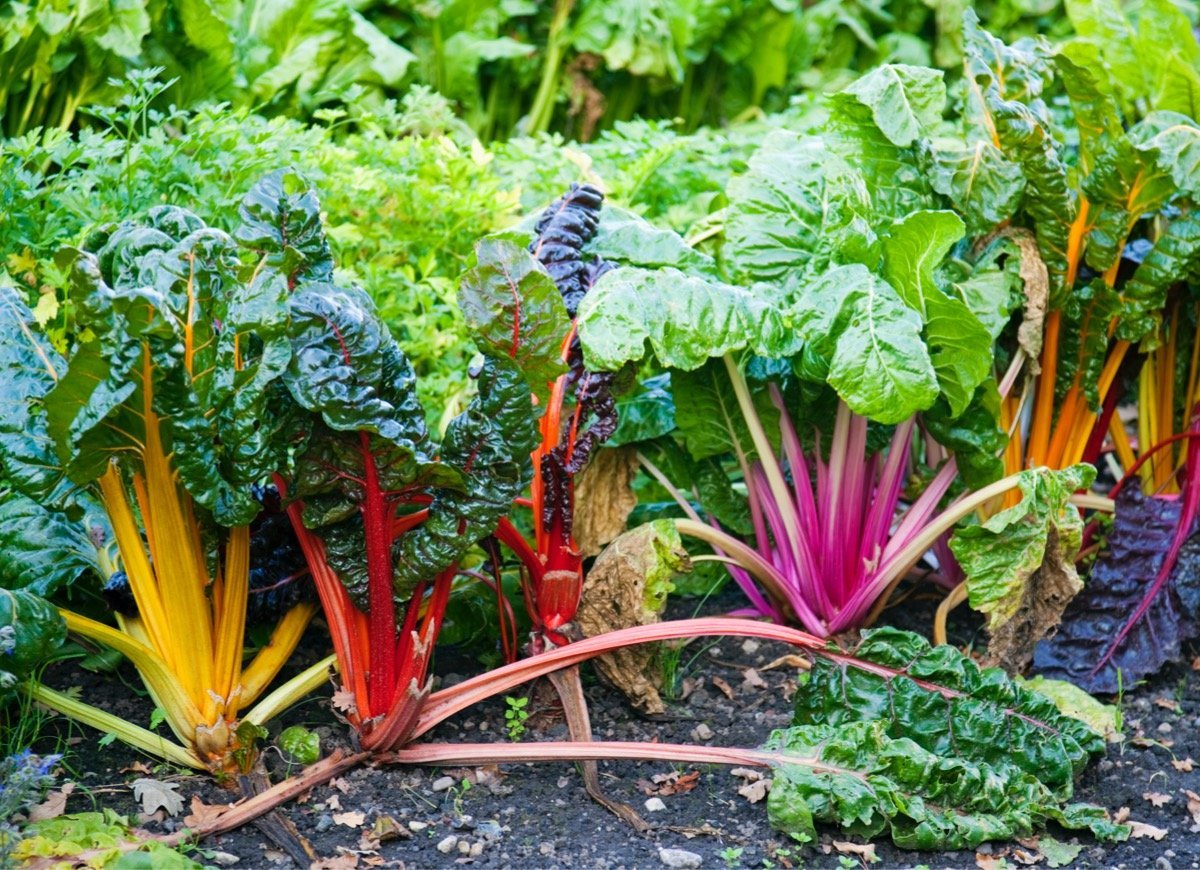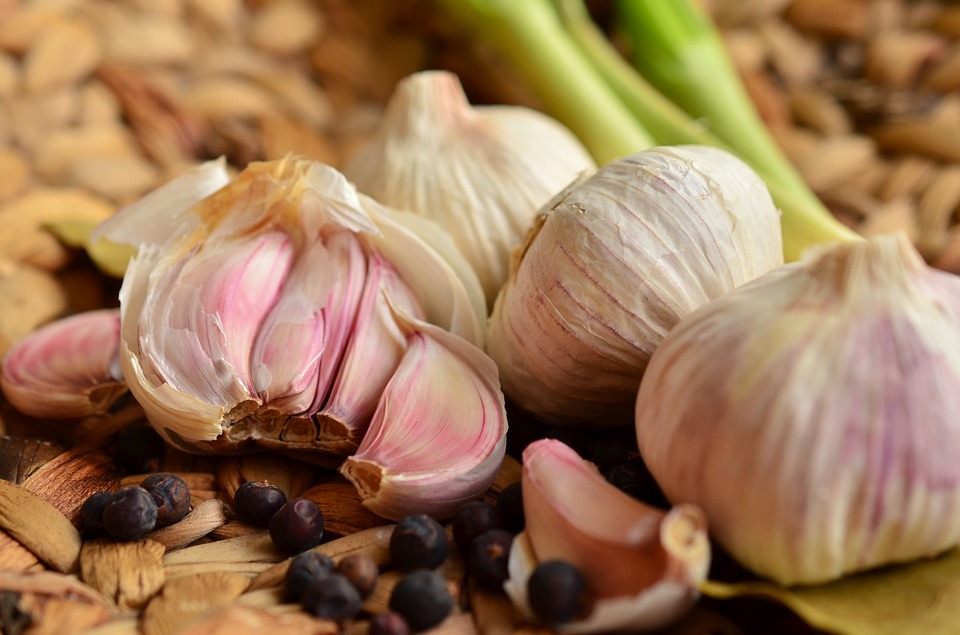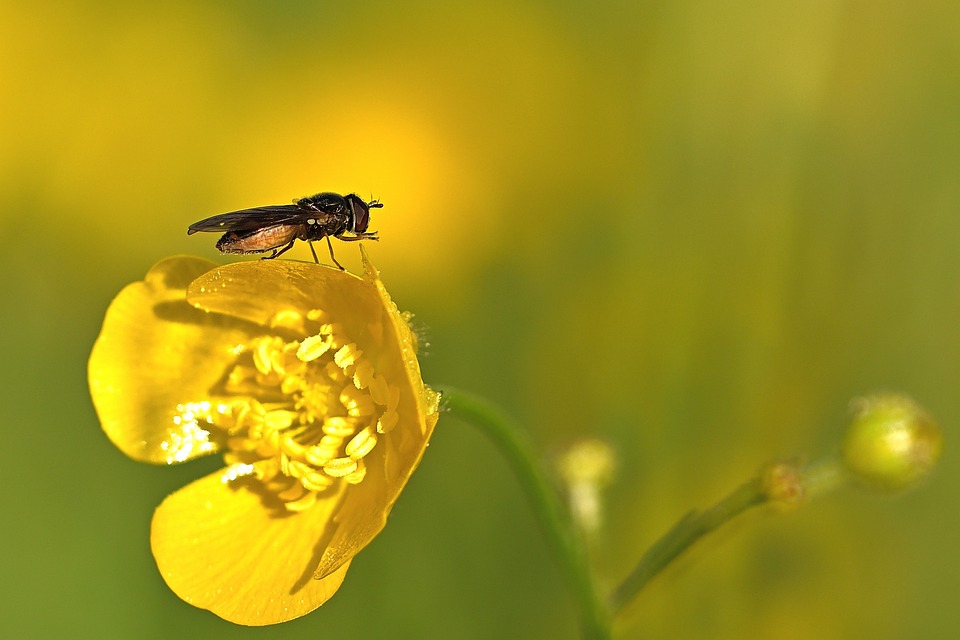Magnolia plants are a popular choice for many gardeners due to their beautiful flowers and unique foliage. These plants can grow up to 80 feet tall, but there are many smaller varieties available for those who want to grow them in a smaller space. This article will cover everything you need to know about growing and caring for magnolia plants.
Magnolia trees are not only prized for their stunning flowers but also for their unique foliage. The leaves of the magnolia tree are large and glossy and can range in color from deep green to bronze. They provide a beautiful backdrop to the flowers and add texture and interest to any garden. With their stunning beauty and ease of care, magnolia trees are a popular choice for many gardeners and an excellent addition to any landscape.
1) Choosing the Right Location
Magnolia plants require a lot of sunlight, so choosing a location that gets at least 6 hours of direct sunlight each day is essential. The soil should also be well-draining, as these plants do not do well in constantly wet soil. Additionally, they prefer slightly acidic soil, with a pH between 5.5 and 6.5.
2) Planting Magnolia Trees
When planting a magnolia tree, digging a hole about twice as wide as the root ball is essential. The hole should also be deep enough so that the top of the root ball is level with the soil. Magnolia trees prefer to be planted in the fall or early spring, giving them plenty of time to establish their roots before the summer heat.
3) Watering Magnolia Trees
Magnolia trees require regular watering, especially during the first few years after planting. It is important to keep the soil moist but not waterlogged, as this can lead to root rot. The frequency of watering will depend on the climate and soil conditions, but as a general rule, they should be watered deeply once a week.
4) Fertilizing Magnolia Trees
Magnolia trees benefit from regular fertilization, especially during the growing season. It is best to use a slow-release fertilizer high in nitrogen and potassium. The fertilizer should be applied in early spring, just before new growth, and again in mid-summer.
5) Pruning Magnolia Trees
Magnolia trees require minimal pruning but keeping them looking their best is still essential. Any dead or damaged branches should be removed as soon as possible, as these can become a breeding ground for pests and diseases. Removing any suckers at the tree’s base is also essential, as these can compete with the main trunk for nutrients.

6) Dealing with Pests and Diseases
Magnolia trees are generally hardy and do not suffer from many pests and diseases. However, they can be susceptible to magnolia scale, a type of insect that feeds on the tree sap. This can lead to stunted growth and yellowing leaves. The best way to deal with magnolia scale is to use a horticultural oil spray, which suffocates the insects and prevents them from reproducing.
7) Mulching Magnolia Trees
Mulching is an essential part of caring for magnolia trees. A layer of mulch around the base of the tree helps to retain moisture in the soil and prevents weeds from growing. It also helps to regulate the soil temperature, which is vital for the health of the roots. When mulching, it is essential to keep the mulch away from the base of the tree, as this can lead to rot.
In conclusion, growing and caring for magnolia plants is relatively easy, provided that you choose the right location and give them the care they need. By following these simple tips, you can enjoy the beauty of these stunning trees for many years to come!



